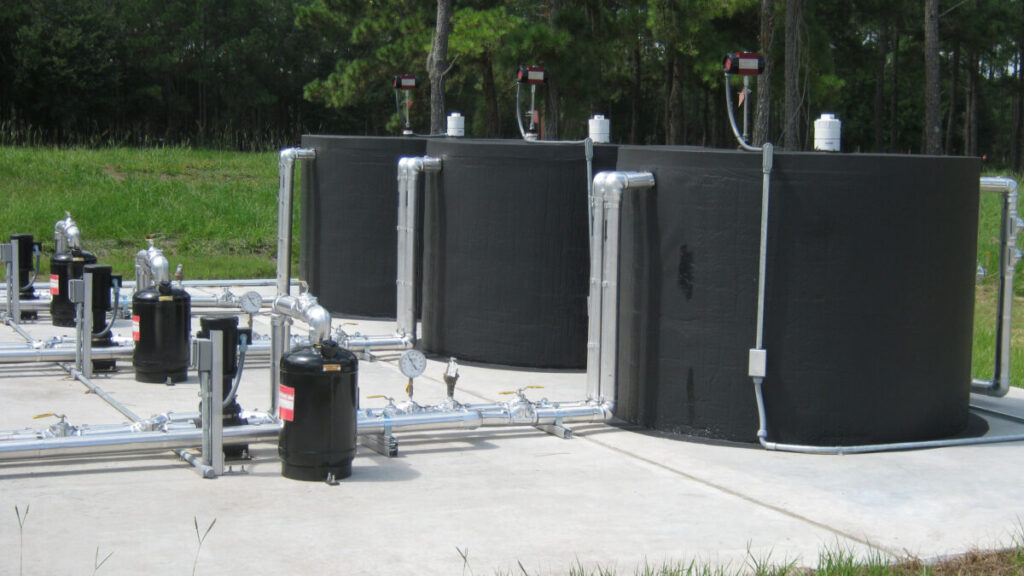Chinese researchers have developed a thermal battery prototype with the help of composite sorption tools and have scaled it up through simulation to work in real world conditions. A compression ratio of 1 to 4 reportly increases the average output power by 300%.
An international research group led by Chinese Zhejiang University has a proof-of-concept compression-assisted adsorption-thermal battery (catb) prototype developed using thermal collectors for solar energy.
The prototype was also scaled up through software simulation and analyzed at various global locations.
“Water-based adsorption-thermal batteries (ATBs) played a leading role in the recovery of the heat source at low temperature,” the researchers explains. “In order to further improve the performance of the heat output of ATBs under severe working conditions, in 2011 we proposed a compression-supported ATB (CATB) concept, which aims to improve one or more performance indicators, because low heat energy and electrical energy are stored as a form of chemical potential.”
The group noted that the proposed CATB design benefits from the use of a compressor, which is intended to reduce the demand for heat -input and to stimulate the performance of heat emission by using ammonia work pairs.
For their prototype, the group used composite sorption resources, in which two or more substances are combined to improve the adsorption of the adsorption reactor. In the case of this prototype, they were made from strontium chloride (SRCL₂), extensive nature graphite (Eng) and copper nanocarbon (CU@C) with nanocarbon.
“In the summer, the halogen -salt in the reactor is disorbed by abundant solar heat. After he is cooled by Ammonia, ammonia is compressed and to the condenser/evaporator dramper by the compressor. The ammonia is then cooled and conditioned in the Charging Section/Verdamping. The charge process is completed in cold winter, when the demand for heat is urgent, the liquid is evaporated by Ambient as soon as the valves open. This is followed by the compression of ammonia gas and adsorption takes place in the reactor and heat is released to users through heat transfer fluid. “
The prototype includes a reactor, a condenser/evaporator, a compressor and extra accessories, including a thermostatic bath and variable frequency feeding, among other things. During the experimental tests, the condensation temperature is set at 10 ° C during loading, while the evaporation temperature during loading is -10 C.
The scientists discovered that, with the compression ratio of 1 to 4, the maximum heat power of the thermal battery increased from 309.2 to 667.2 W and the average heat capacity rose from 164.1 to 316.7 W. For the discharge process, a 300.1% increase in the compression was found to 4 to 4 to 4 until 4 to 4 to 4 to become the hitting.
Their analysis noted that optimum conditions for seasonal heat storage are found in regions with a high winter heat demand and abundant summer solar radiation. “The most suitable regions for seasonal heat storage are mainly around the width buddies of 45 ° north and south, including Northwest -China, the Black Sea coast, northeastern -America and South -America,” they added.
The new thermal battery concept was presented in “A thermal battery on solar adsorption for seasonal energy storage“Published in Cell reports physical science. The research team included Academics of Chinese Zhejiang University, Hangzhou Oxygen Plant Group, the University of South Africa and the Dutch organization for Applied Scientific Research (TNO).
This content is protected by copyright and may not be reused. If you want to work with us and reuse part of our content, please contact: editors@pv-magazine.com.

